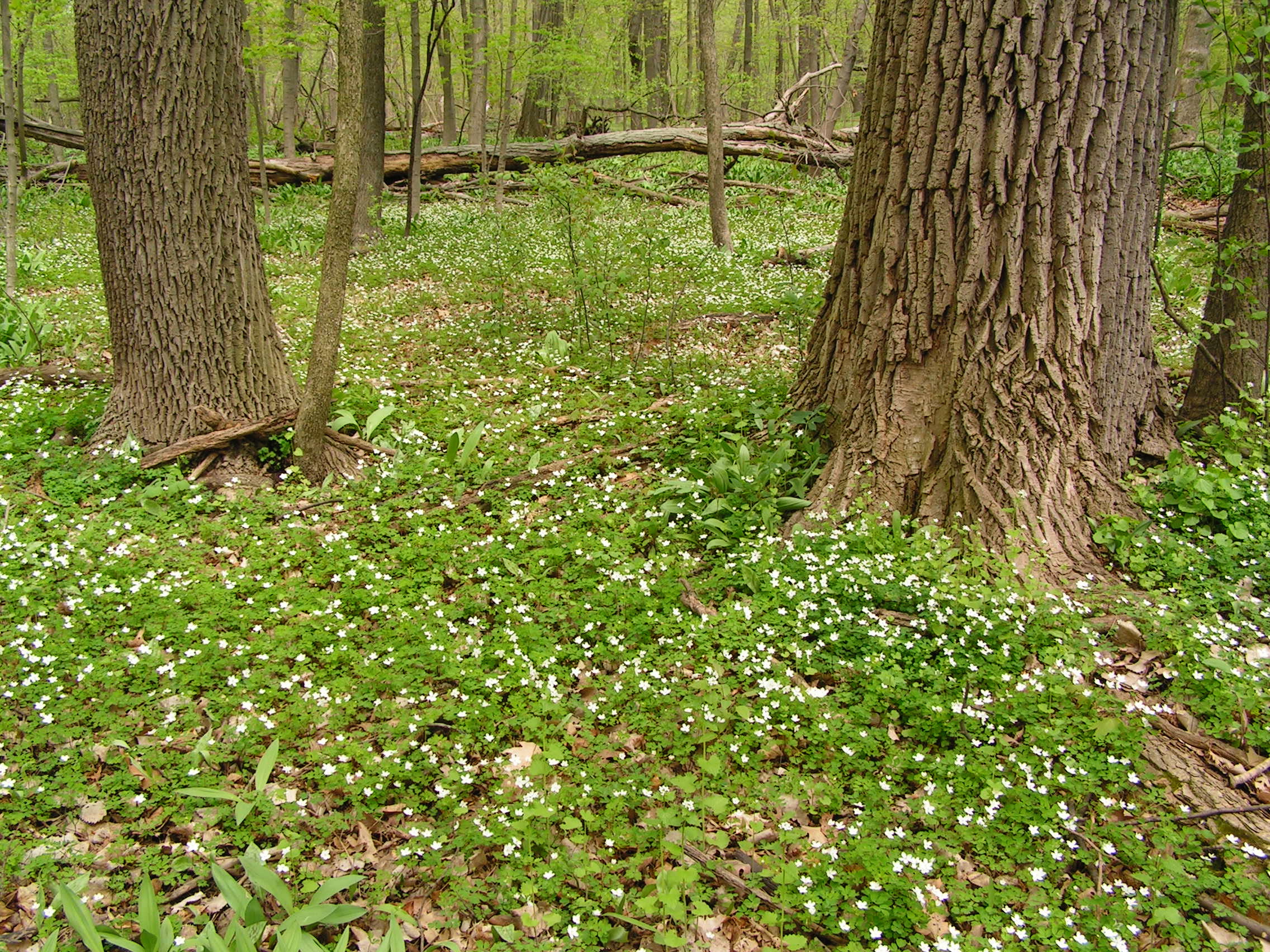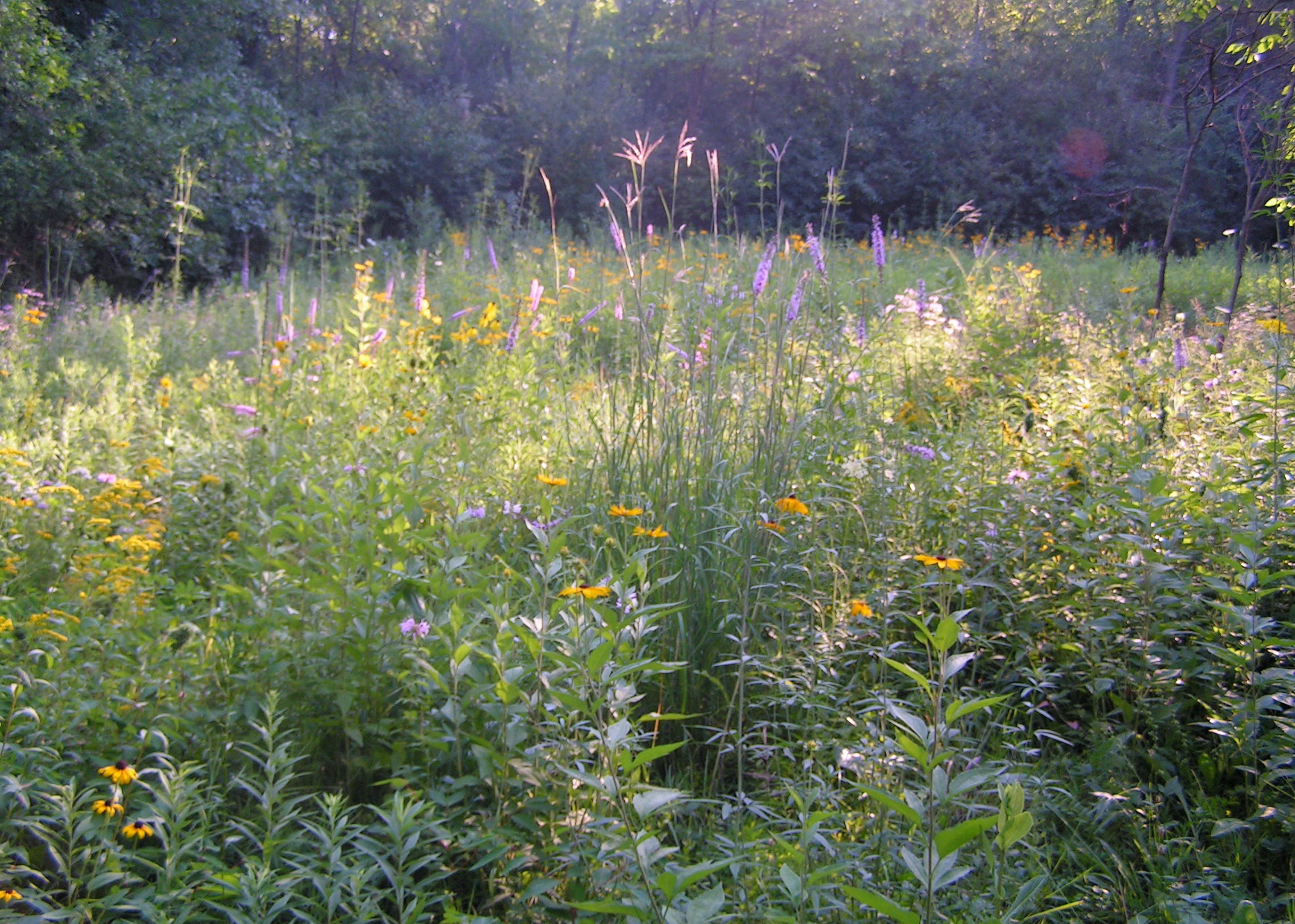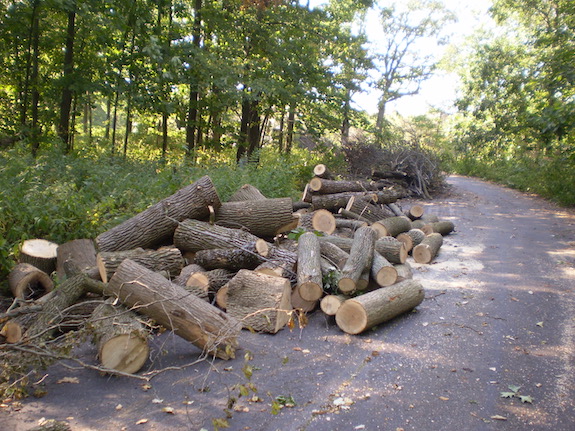Project Collaborators
Tyler Basset, Ph.D., Botanist and Plant Ecologist - Michigan Natural Features Inventory
basset17@msu.edu
Lindsay Darling, GIS and Data Specialist - The Morton Arboretum
ldarling@mortonarb.org
Adrienne Ernst, Postdoctoral Fellow - Chicago Botanic Garden
adrienneernst2020@u.northwestern.edu
Andrea Kramer, Ph.D., Senior Director of Restoration - Chicago Botanic Garden
akramer@chicagobotanic.org
Gabriela Nunez-Mir, Ph.D., Bridge to the Faculty Scholar - University of Illinois, Chicago
gnm@uic.edu
Edward Price, Botanist, Critical Trends Assessment Program - Illinois Natural History Survey
epprice2@illinois.edu
Rory Shiafo, Ph.D. Student - Northwestern University and the Chicago Botanic Garden
roryschiafo2026@u.northwestern.edu
David Zaya, Plant Ecologist, Critical Trends Assessment Program - Illinois Natural History Survey
dzaya1@illinois.edu
Jacob Zeldin, Research Ecologist - Chicago Botanic Garden
jzeldin@chicagobotanic.org




